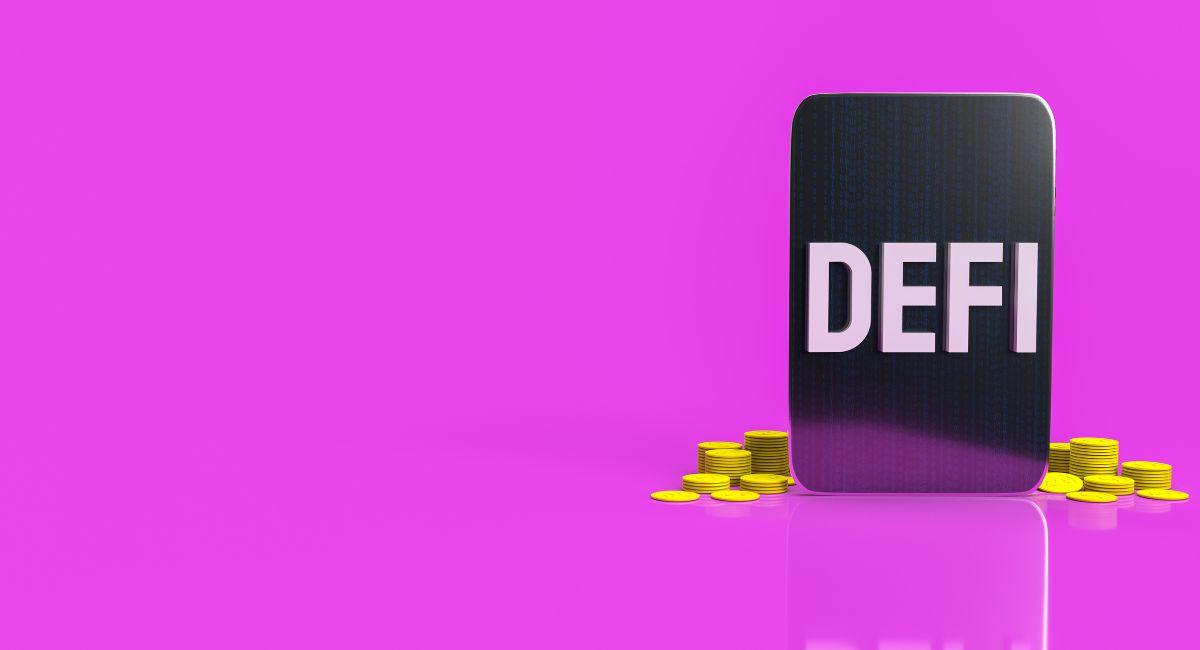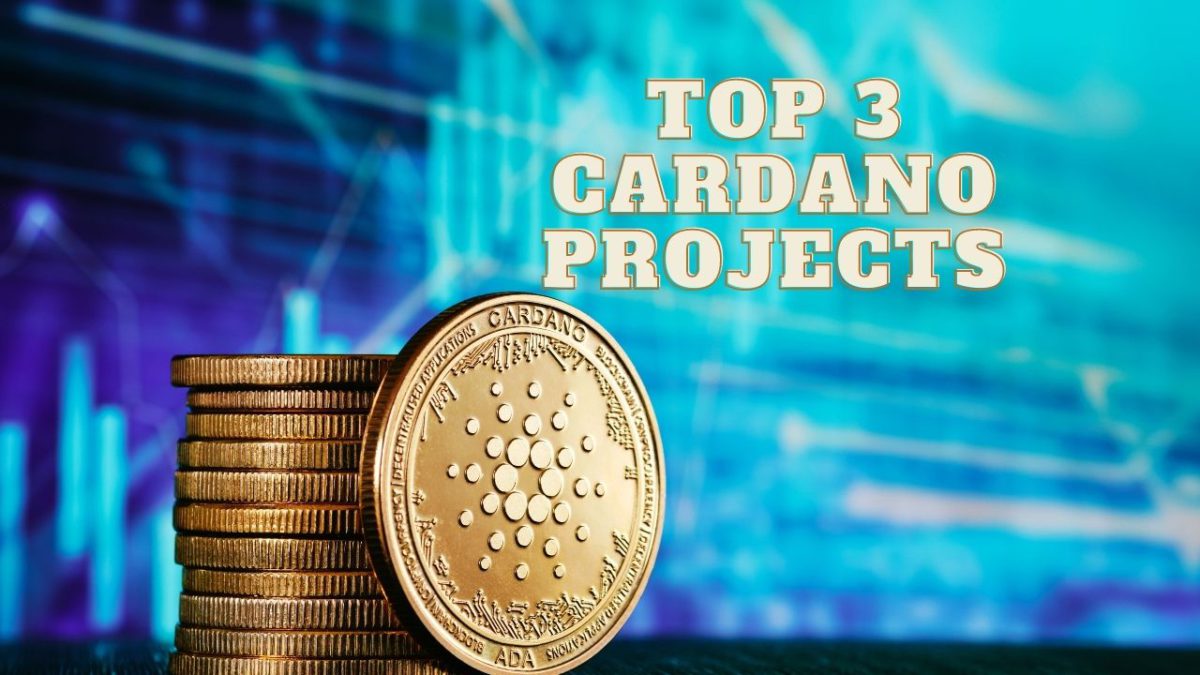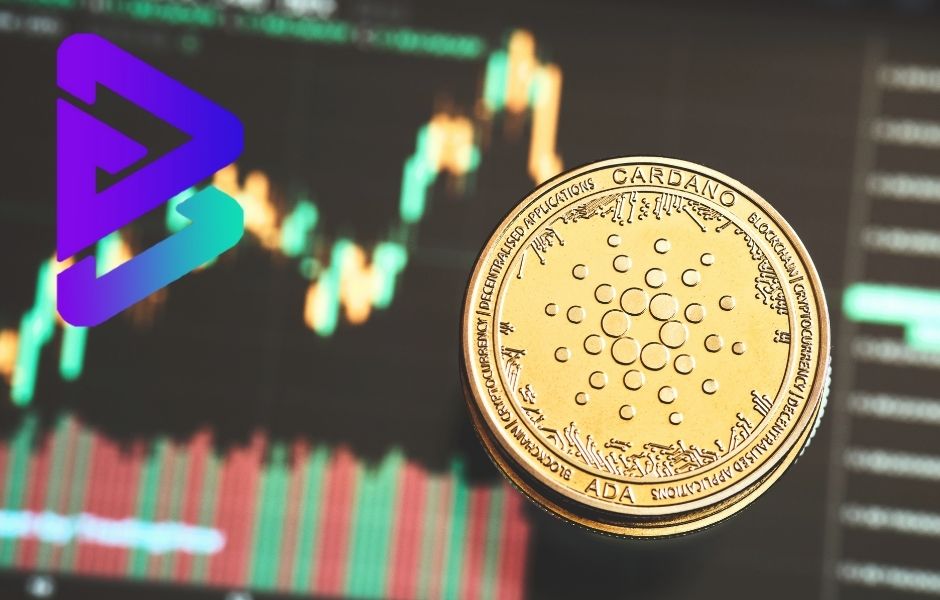Top 10 Amazing Ways Blockchain Can Help In Asset Management And DeFi Lending
Crypto asset management refers to the professional oversight and handling of cryptocurrencies and other digital assets on behalf of individuals or institutions. Similar to traditional asset management, it involves various services aimed at safeguarding, growing, and managing crypto holdings.
One aspect of crypto asset management involves portfolio diversification. Since the cryptocurrency market is highly speculative and prone to price fluctuations, diversifying investments across different cryptocurrencies can help spread risk and minimize exposure to any single asset. This may include allocating funds to well-established cryptocurrencies like Bitcoin and Ethereum, as well as to promising altcoins with potential for growth.
Another key component of crypto asset management is risk management. Given the inherent volatility of the cryptocurrency market, it is crucial to employ risk management strategies such as setting stop-loss orders, managing position sizes, and regularly rebalancing portfolios. Additionally, investors may utilize hedging techniques, such as derivatives or options trading, to protect against downside risk.
Furthermore, active monitoring and analysis of market trends and fundamental factors are essential for effective crypto asset management. This may involve conducting technical analysis to identify potential entry and exit points, as well as staying informed about regulatory developments, technological advancements, and macroeconomic trends that could impact cryptocurrency prices.
Security is also a paramount concern in crypto asset management. Since cryptocurrencies are digital assets stored on blockchain networks, protecting private keys and utilizing secure storage solutions, such as hardware wallets or cold storage, is critical to safeguarding funds from theft or hacking attacks.
Moreover, the emergence of decentralized finance (DeFi) has introduced new opportunities and complexities to crypto asset management. DeFi protocols offer various lending, borrowing, and yield farming opportunities, but they also entail additional risks such as smart contract vulnerabilities and liquidity issues. Therefore, thorough due diligence and risk assessment are essential when engaging with DeFi platforms.
Also, read- ERD DeFi Lending Platform and USDE Stablecoin Unveiled at EDCON 2023
What is Defi lending and asset management?
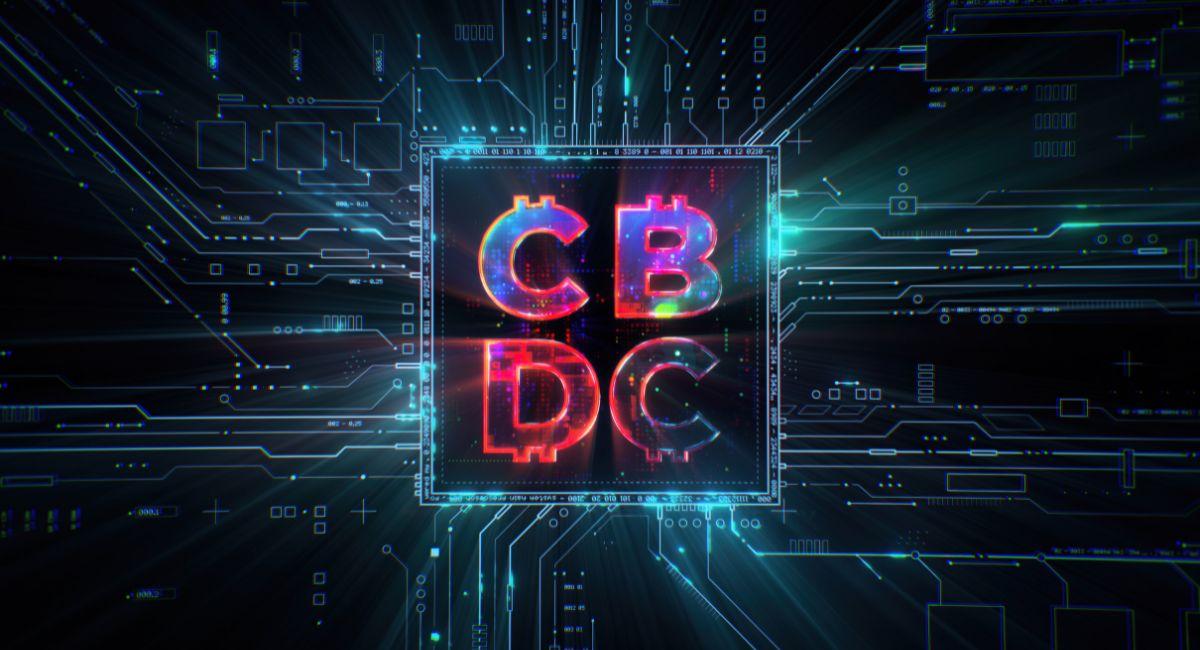
Defi lending, short for decentralized finance lending, is a rapidly evolving financial system built on blockchain technology. It allows individuals to borrow and lend cryptocurrencies without relying on traditional financial institutions like banks. Imagine a peer-to-peer lending platform, but instead of relying on a central authority to manage funds, the entire process is facilitated by smart contracts, self-executing code residing on the blockchain.
Defi lending offers several advantages over traditional lending:
- Accessibility: Anyone with an internet connection and a crypto wallet can participate in defi lending, regardless of their location or financial background.
- Transparency: All transactions are publicly viewable on the blockchain, fostering trust and accountability.
- Efficiency: Smart contracts automate most of the lending process, leading to faster transactions and lower fees compared to traditional systems.
- Potential for higher returns: Lenders can potentially earn higher interest rates on their crypto assets compared to traditional savings accounts.
However, defi lending also comes with inherent risks:
- Volatility: Cryptocurrency prices can fluctuate significantly, potentially leading to losses for both lenders and borrowers.
- Smart contract vulnerabilities: While generally secure, smart contracts can have bugs or vulnerabilities that could be exploited by hackers.
- Regulatory uncertainty: The regulatory landscape surrounding defi is still evolving, and unclear regulations can pose challenges for the industry.
Despite these risks, defi lending presents a fascinating glimpse into the future of finance. As the technology matures and regulations become clearer, defi lending has the potential to revolutionize how we borrow and lend, paving the way for a more inclusive and accessible financial system.
Blockchain in crypto assets management and defi lending
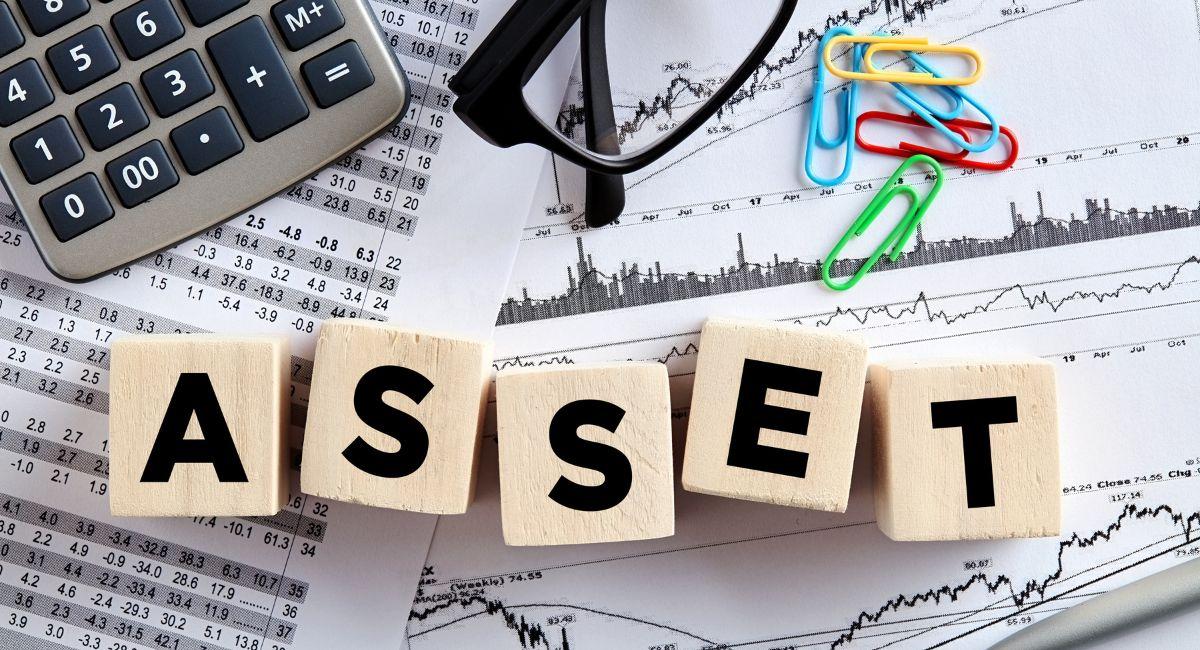
Blockchain technology plays a fundamental role in both crypto asset management and DeFi lending, serving as the underlying infrastructure that enables these innovative financial services. Here’s how blockchain underpins these two domains:
Crypto Asset Management:
- Secure Storage and Custody: Blockchain provides a secure and transparent platform for storing crypto assets. Crypto asset managers can leverage blockchain-based wallets or custodial solutions built on the blockchain to safeguard client holdings, mitigating the risk of theft or loss.
- Immutable Transaction Records: All transactions involving crypto assets are permanently recorded on the blockchain, creating an immutable and tamper-proof audit trail. This transparency allows asset managers to demonstrate compliance with regulations and provides clients with peace of mind regarding the integrity of their investments.
- Automated Investment Strategies: Smart contracts, self-executing code residing on the blockchain, can be employed by asset managers to automate investment strategies. This eliminates the need for manual intervention and reduces the risk of human error, potentially leading to more efficient portfolio management.
DeFi Lending:
- Decentralized Platform: Blockchain empowers DeFi lending by enabling a peer-to-peer lending system without the need for intermediaries like banks. Smart contracts manage the entire process, facilitating borrowing and lending directly between individuals, eliminating reliance on centralized institutions.
- Transparent and Secure Transactions: All loan agreements, collateral deposits, and repayments are recorded on the blockchain, ensuring complete transparency and immutability. This fosters trust and accountability within the DeFi ecosystem, allowing participants to confidently interact without the risk of manipulation or fraud.
- Programmable Money: Blockchain enables the creation of “programmable money” through the use of tokens. These tokens can represent various assets or functionalities within DeFi protocols, allowing for the automation of complex loan terms and interest rate calculations through smart contracts.
In conclusion, blockchain technology serves as the backbone for both crypto asset management and DeFi lending. Its inherent features of security, transparency, and automation empower these innovative financial services to potentially revolutionize traditional financial systems, offering greater accessibility, efficiency, and control to individuals and institutions alike. However, it’s crucial to acknowledge the evolving regulatory landscape and inherent risks associated with both crypto assets and DeFi, approaching these advancements with informed caution and responsible participation.
Experience decentralized lending like never before on @Dex_223. Create lending orders with custom terms, allowing borrowers access to funds for market trades.
— BitLuxe (@Bit_Luxe) February 26, 2024
Liquidation mechanisms maintain balance integrity and protect lender investments. #DEX223 #DeFi #ERC223 pic.twitter.com/gb0dfDBavn
Top 10 ways Blockchain can help in asset management and DeFi lending
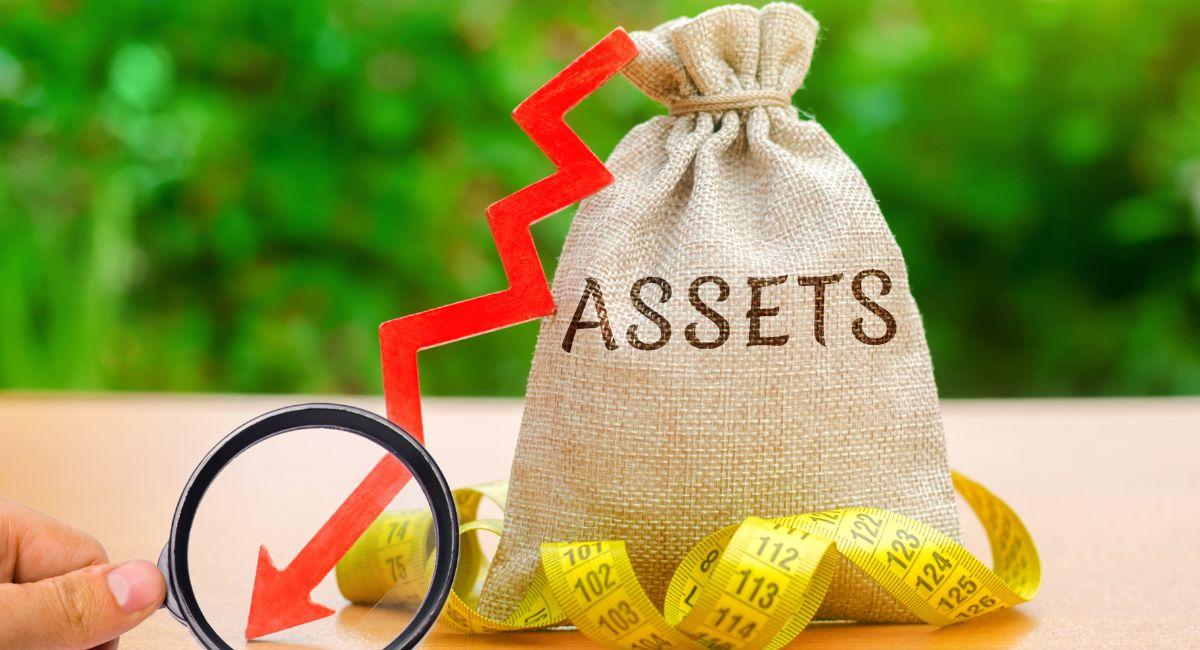
Blockchain technology offers numerous benefits for asset management and decentralized finance (DeFi) lending:
- Transparency: Blockchain provides transparent and auditable records of asset ownership and transactions. This transparency fosters trust among participants and enhances the integrity of asset management processes.
- Immutable Ledger: The immutable nature of blockchain ensures that once transactions are recorded, they cannot be altered or tampered with. This feature enhances the security and integrity of asset management activities, reducing the risk of fraud or manipulation.
- Decentralization: Blockchain enables decentralized asset management and lending platforms, eliminating the need for intermediaries such as banks or financial institutions. This decentralization increases accessibility and reduces barriers to entry for participants in the ecosystem.
- Smart Contracts: Smart contracts on blockchain platforms automate asset management processes, such as loan origination, collateral management, and interest payments. These self-executing contracts enhance efficiency, reduce administrative costs, and minimize the potential for human error.
- Fractional Ownership: Blockchain allows for the fractionalization of assets, enabling individuals to own and trade fractions of high-value assets such as real estate or artwork. This fractional ownership model increases liquidity and accessibility to traditionally illiquid assets.
- Global Accessibility: Blockchain-based asset management and DeFi lending platforms operate on a global scale, allowing users to access financial services regardless of geographical location or traditional banking infrastructure. This global accessibility expands financial inclusion and democratizes access to capital markets.
- Interoperability: Blockchain interoperability protocols enable seamless transfer of assets and data between different blockchain networks. This interoperability enhances liquidity and enables cross-chain asset management and lending solutions.
- Collateralization: Blockchain-based lending platforms utilize programmable digital assets as collateral, enabling borrowers to secure loans without traditional credit checks or extensive paperwork. This collateralization reduces counterparty risk and enhances the security of lending activities.
- Yield Farming and Staking: DeFi lending platforms offer opportunities for yield farming and staking, allowing users to earn passive income by providing liquidity or staking their assets in decentralized protocols. These mechanisms incentivize participation in the ecosystem and encourage asset holders to actively engage in lending activities.
- Risk Management: Blockchain-based asset management platforms employ sophisticated risk management strategies, such as automated risk assessment models and decentralized insurance mechanisms. These risk management tools help mitigate potential losses and ensure the stability of the lending ecosystem.
Overall, blockchain technology revolutionizes asset management and lending by introducing transparency, efficiency, accessibility, and security to traditional financial services. As the DeFi ecosystem continues to evolve, blockchain-powered platforms are poised to reshape the landscape of asset management and lending, democratizing access to financial services and empowering individuals to take control of their financial futures.
Conclusion
In conclusion, blockchain technology has emerged as a transformative force in asset management and decentralized finance (DeFi) lending, offering a myriad of benefits that revolutionize traditional financial services. By providing transparency, immutability, and decentralization, blockchain enhances the integrity and security of asset management processes, reducing the risk of fraud and manipulation. Smart contracts automate lending activities, increasing efficiency and reducing administrative overhead.
Moreover, blockchain enables fractional ownership of assets, global accessibility to financial services, and interoperability between different blockchain networks, expanding liquidity and fostering financial inclusion. Collateralization mechanisms and risk management tools mitigate potential losses, ensuring the stability of lending ecosystems. Furthermore, DeFi lending platforms offer opportunities for yield farming and staking, incentivizing participation and encouraging active engagement in the ecosystem. As blockchain technology continues to evolve, its impact on asset management and DeFi lending will likely grow, democratizing access to financial services and empowering individuals to participate in the global economy on their own terms.
Stay informed with daily updates from Blockchain Magazine on Google News. Click here to follow us and mark as favorite: [Blockchain Magazine on Google News].
Get Blockchain Insights In Inbox
Stay ahead of the curve with expert analysis and market updates.
latest from tech
Disclaimer: Any post shared by a third-party agency are sponsored and Blockchain Magazine has no views on any such posts. The views and opinions expressed in this post are those of the clients and do not necessarily reflect the official policy or position of Blockchain Magazine. The information provided in this post is for informational purposes only and should not be considered as financial, investment, or professional advice. Blockchain Magazine does not endorse or promote any specific products, services, or companies mentioned in this posts. Readers are encouraged to conduct their own research and consult with a qualified professional before making any financial decisions. The featured image used is just a creative depiction of the title and it does not intend to hurt sentiments of any person or institution. If it hurts anyone sentiments, please do not hesitate to reach out to Blockchain Magazine.

 Bitcoin
Bitcoin  Ethereum
Ethereum  XRP
XRP  Tether
Tether  Solana
Solana  USDC
USDC  Dogecoin
Dogecoin  Cardano
Cardano  Lido Staked Ether
Lido Staked Ether  TRON
TRON  Chainlink
Chainlink  Wrapped Bitcoin
Wrapped Bitcoin  Sui
Sui  Wrapped stETH
Wrapped stETH  Avalanche
Avalanche  Stellar
Stellar  Hedera
Hedera  Toncoin
Toncoin  Shiba Inu
Shiba Inu  LEO Token
LEO Token  Hyperliquid
Hyperliquid  Bitget Token
Bitget Token  Litecoin
Litecoin  WETH
WETH  USDS
USDS  Polkadot
Polkadot  Bitcoin Cash
Bitcoin Cash  Ethena USDe
Ethena USDe  MANTRA
MANTRA  Wrapped eETH
Wrapped eETH  Uniswap
Uniswap  Ondo
Ondo  Pepe
Pepe  Monero
Monero  Aave
Aave  WhiteBIT Coin
WhiteBIT Coin  NEAR Protocol
NEAR Protocol  Mantle
Mantle  Official Trump
Official Trump  Aptos
Aptos  Dai
Dai  Internet Computer
Internet Computer  Ethereum Classic
Ethereum Classic  Bittensor
Bittensor  Cronos
Cronos  OKB
OKB  POL (ex-MATIC)
POL (ex-MATIC)  Gate
Gate 